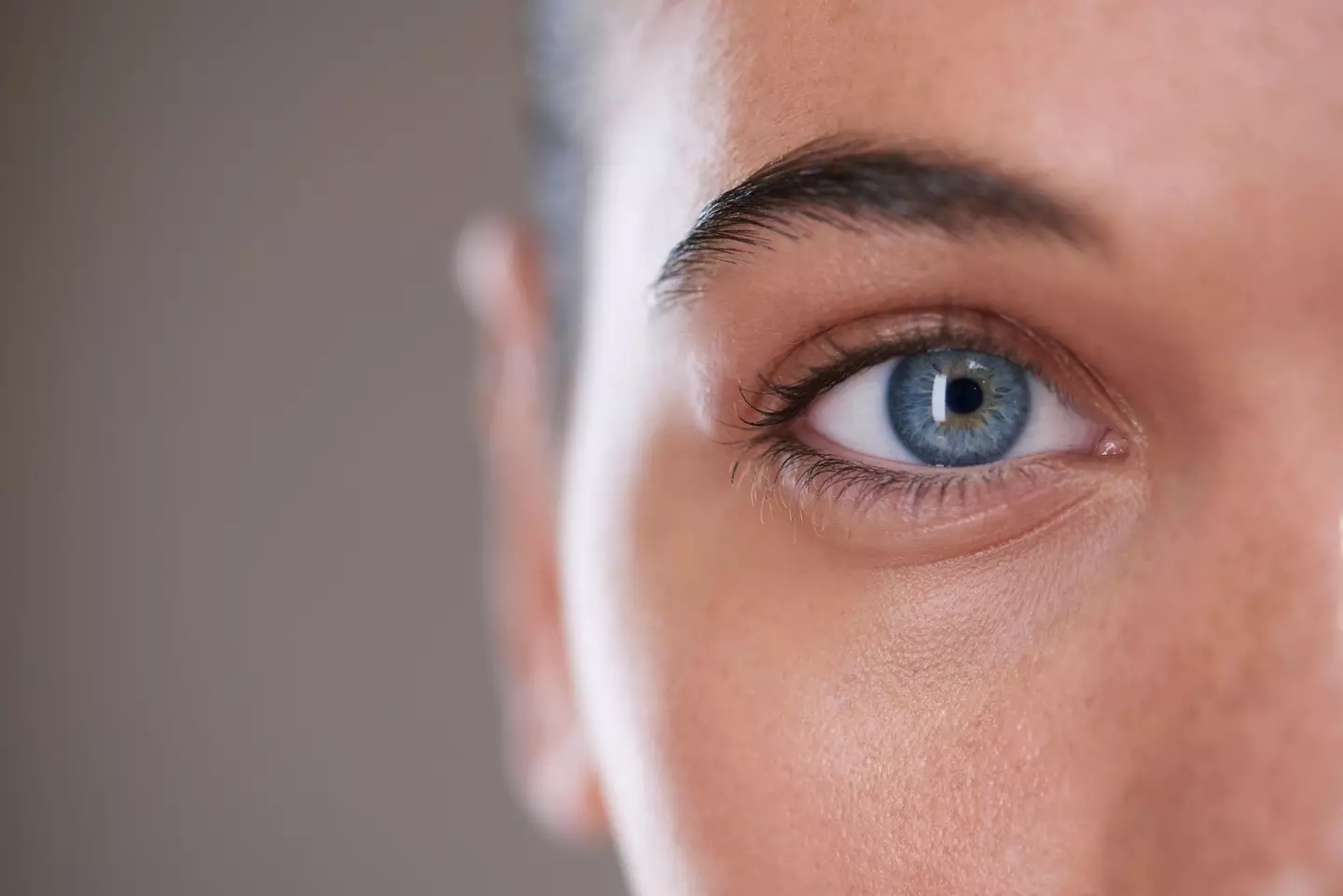Ever notice strange, wiggly lines or shadowy spots floating across your vision? These eye “floaters” are a common phenomenon, but they can be both distracting and puzzling. While floaters are often harmless, they can also signal more serious eye health issues in certain cases. Here’s everything you need to know about floaters, why they appear, and when it’s time to consult a specialist.
What Are Eye Floaters?

Floaters are tiny, shadowy shapes that drift across your field of vision. They may appear as spots, threads, or squiggly lines and are most visible when looking at a bright, plain background, such as a clear sky or white wall. But what exactly are they?
According to Dr. Daniel Polya from the Royal Australian and New Zealand College of Ophthalmologists, floaters are caused by the clumping of collagen fibers within the eye’s vitreous gel. This gel-like substance makes up around 80% of the eye’s volume and helps it maintain a round shape. Over time, the collagen fibers can condense, forming clumps that cast shadows on the retina, which you perceive as floaters.
Why Do Floaters Appear?
While floaters are a natural part of aging, they can sometimes appear due to certain eye conditions or injuries. For example, as we age, the vitreous gel inside the eye begins to shrink and pull away from the retina, a process known as posterior vitreous detachment (PVD).
PVD is common and typically harmless, but in some cases, it can cause complications. “For those that get PVD, there’s a 5% chance of developing a tear in the retina. If a tear occurs, there’s a 50% chance it could lead to retinal detachment,” explains Dr. Polya. Retinal detachment is a serious condition that can lead to vision loss if left untreated.
When to Be Concerned About Floaters
While floaters are often benign, certain symptoms may indicate a more serious underlying issue. Here are some warning signs that should prompt a visit to an eye specialist:
- Sudden Onset of New Floaters: If you suddenly see more floaters than usual, it could indicate a problem within the eye.
- Flashes of Light: If floaters are accompanied by flashes of light, this could suggest retinal tearing or detachment.
- Loss of Peripheral Vision: A shadow or curtain-like effect in your peripheral vision may signal retinal detachment.
Dr. Polya emphasizes the importance of paying attention to new floaters, stating, “It’s crucial to see an optician or ophthalmologist when a floater first appears, especially if it’s accompanied by other symptoms.”
What Floaters Can Mean for Your Eye Health
Floaters can be a sign of various eye conditions, some of which require prompt medical attention:
1. Posterior Vitreous Detachment (PVD)
PVD is a natural part of aging, especially for individuals over 50. While it’s generally harmless, it can occasionally lead to retinal tears. A large, ring-shaped floater is a common indicator of PVD. In most cases, no treatment is necessary for PVD, but monitoring is essential.
2. Retinal Tear or Detachment
In some cases, the pulling of the vitreous gel on the retina can cause a tear. A retinal tear can progress to retinal detachment, where the retina peels away from the back of the eye. This is a medical emergency and can lead to permanent vision loss if not treated promptly.

3. Other Eye Conditions
While PVD and retinal detachment are the most common concerns associated with floaters, they can also be indicative of other eye conditions, including inflammation, bleeding within the eye, or eye trauma. If you experience any unusual symptoms, it’s best to err on the side of caution and consult a specialist.
Treatment Options for Eye Floaters
Most floaters don’t require treatment, as the brain often learns to ignore them over time. However, if floaters become particularly large or disruptive, several treatment options are available:
1. Laser Vitreolysis
Laser vitreolysis is a minimally invasive procedure in which a laser is used to break up floaters, making them less noticeable. While effective for some patients, this procedure has associated risks and may not be suitable for everyone. Dr. Polya notes, “Laser surgery can help break up large, problematic floaters, but it comes with potential risks, so it’s typically considered only when floaters significantly affect vision.”
2. Vitrectomy
In severe cases where floaters impact daily life, a vitrectomy may be performed. This is a surgical procedure in which the vitreous gel is removed and replaced with a saline solution. Although effective, a vitrectomy is generally reserved for extreme cases due to its invasive nature and potential complications.
Preventing and Managing Eye Floaters

While you can’t entirely prevent floaters, maintaining eye health and adopting some simple lifestyle habits can help minimize their impact:
1. Regular Eye Exams
Routine eye exams are essential, especially as you age. An eye specialist can monitor changes in your vision and detect early signs of conditions that may cause floaters.
2. Protect Your Eyes from UV Light
Wearing sunglasses with UV protection can help protect the eyes from damage caused by ultraviolet light, which can accelerate aging and damage eye tissue.
3. Maintain a Healthy Lifestyle
A diet rich in antioxidants, regular exercise, and avoiding smoking can support overall eye health. Foods like leafy greens, citrus fruits, and fish high in omega-3s are excellent for maintaining good vision.
What to Do When Floaters Appear Suddenly

If you start seeing floaters out of nowhere, don’t panic—but don’t ignore them either. Here’s a quick guide on what to do:
- Observe the Symptoms: Take note of the size, number, and behavior of the floaters. Are they accompanied by flashes of light or any vision loss?
- Limit Strain: Try to reduce eye strain by avoiding bright screens or harsh lighting.
- Seek Professional Help if Needed: If you notice persistent or worsening floaters, make an appointment with an optician or ophthalmologist to rule out any serious conditions.
Conclusion: Don’t Ignore Eye Floaters—They Could Be Telling You Something Important
Floaters can range from mildly annoying to indicators of serious eye conditions. While they’re often harmless and a natural part of aging, it’s essential to monitor any changes and consult an eye specialist if you experience new or unusual symptoms. By staying vigilant and informed, you can protect your vision and address any potential eye health issues before they progress.


